Converting rubber to other crops due to low latex prices
In late December 2023, in Nghia Hong and Nghia Minh communes, Nghia Dan district, we witnessed vast rubber forests at the age of exploitation being cut down by people. The sound of chainsaws resounded, and in a moment, a series of rubber trees were cut down, their stumps bursting with white sap. Piles of rubber wood lay haphazardly on the roadside, waiting for trucks to come and take them away.
Mr. Nguyen Van Thanh in Hamlet 8, Nghia Hong Commune shared: Our family has been contracted to plant 2 hectares of rubber. For a long time, all expenses have been based on rubber trees. But for the past 3 years, the price of latex has been too low, from 20,000 - 21,000 VND/kg (fresh latex through rolling), it has now dropped to only 15,500 VND/kg fresh latex through rolling. So if we only rely on the current price of rubber latex, our family will not have enough to spend, we have to ask to liquidate 1 hectare of rubber to switch to other crops.

At this time, although it is the latex tapping season, walking along the rubber forests in Nghia Dan district and Thai Hoa town, it is easy to see the gloomy atmosphere and lack of workers. There are even rubber forests that are not cared for, with weeds growing wildly. According to information from the Department of Agriculture and Rural Development of Nghia Dan district, from 2018 to now, the area of rubber trees in the area has decreased from 2,000 hectares to about 1,237 hectares.
Mr. Hoang Thanh Tung - Deputy General Director of Nghe An Coffee - Rubber One Member Co., Ltd. said: Previously, the unit had over 2,500 hectares of rubber in Nghia Dan district and Thai Hoa town, but now there are only over 1,800 hectares. The reason for the decrease in area is due to the low price of rubber latex in recent years, not to mention some areas that have been broken due to storms, so some areas have written applications to liquidate rubber trees to switch to other crops.
Before converting rubber trees to other crops, the unit checks and evaluates the effectiveness to see if it is eligible for liquidation. The area of rubber liquidation in recent years has mainly been converted to sugarcane cultivation by farmers with quite good results.

Not only Nghia Dan district, in Tan Ky district, this situation is also quite common. There are many rubber forests here that are ready to be tapped but people do not tap the latex regularly, even leaving it for many years. According to Ms. Nguyen Thi Loan - a rubber grower in Tan Phu commune, about 3-4 years ago, the price of latex was 45,000 VND/kg so the family had "food and savings", but with the price of latex falling so low like now, we cannot continue to invest anymore, because the money from selling latex is not enough to pay for labor.
A representative of Song Con Agricultural Joint Stock Company in Tan Phu Commune (Tan Ky) said: Previously, there were over 900 hectares of rubber, but from 2018 to now, the unit has converted over 200 hectares to sugarcane, now there are only 700 hectares of rubber. In 2023 alone, the unit has converted 30 hectares of rubber in Tan Phu Commune to grow guava and sugarcane. Due to the low price of latex, nearly 150/700 hectares of rubber have to stop tapping latex. Therefore, most people do not invest much in care and reproduction, leading to a decrease in the quality of rubber latex.

Reasonable planning for sustainable rubber tree development
In 2016, Nghe An had 11,635 hectares of rubber trees. Up to now, the area has decreased to nearly 9,000 hectares, mainly concentrated in the districts of Anh Son, Nghia Dan, Tan Ky, Que Phong... This area is managed by enterprises, agricultural and forestry units, schools, and one-member LLCs, assigned to households for care and exploitation, and the above units are responsible for purchasing rubber latex.
Phu Quy land is still considered the rubber growing capital of Nghe An province. Due to many reasons, low prices, harsh weather conditions, rubber trees are often broken by storms; care processes are not focused on investment, productivity and output are low, leading to many households cutting down and switching to other crops.

However, it can be seen that currently, the development of rubber trees in Nghe An is facing many difficulties due to limited financial resources of agricultural and forestry companies in the province, lack of qualified human resources, and many shortcomings in mechanisms and policies for investment in rubber plantation development.
Most of the farms and forestry farms purchase rubber latex from farmers for processing, but due to the backward processing technology of the factories, the processed rubber products do not meet export standards. Some shipments when sold to other countries have been returned, mainly the rubber is defective due to impurities.

Not to mention that the entire rubber area of Nghe An has not yet achieved FSC certification. Meanwhile, the labor level and quality management of production facilities are uneven, which leads to the fact that export enterprises are always passive in the prices of their partners, and the risk of the industry is increasing.
Mr. Nguyen Tien Duc - Head of Nghe An Department of Cultivation and Plant Protection said: In the current condition of rubber latex price not being beneficial to producers, the Department of Agriculture also recommends that districts not continue to expand rubber planting area. Apply technical measures in latex tapping to reduce costs.

Localities need to review the entire rubber development plan and specifically assess the development situation of this crop to have a suitable development direction. In addition, Nghe An needs to invest in deep processing factories to increase the added value of rubber production.
According to experts, rubber is a multi-purpose tree that has both economic value and environmental protection, contributing to promoting the restructuring of the agricultural and rural economy, improving and increasing income and living standards for people in the mountainous areas of Nghe An. It is a long-term industry with high economic value.

Therefore, in order for rubber trees to develop sustainably, localities need to review and require a reduction in planting outside the planning area, increase investment in improving the quality of the gardens, and avoid the situation where people plant and then cut down when rubber prices drop. Focus on intensive cultivation, improve the efficiency of existing gardens, and replant in promising areas.

In addition, Nghe An province needs to have mechanisms and policies to support rubber growers, such as promoting technology transfer and agricultural extension to rubber growers, prioritizing loan sources so that people have the conditions to care for and invest in rubber gardens. In particular, attracting businesses to invest in modern rubber latex processing factories that meet export standards, stabilizing output consumption for the people.
Source






![[Photo] General Secretary To Lam attends the 80th Anniversary of the Cultural Sector's Traditional Day](https://vstatic.vietnam.vn/vietnam/resource/IMAGE/2025/8/23/7a88e6b58502490aa153adf8f0eec2b2)




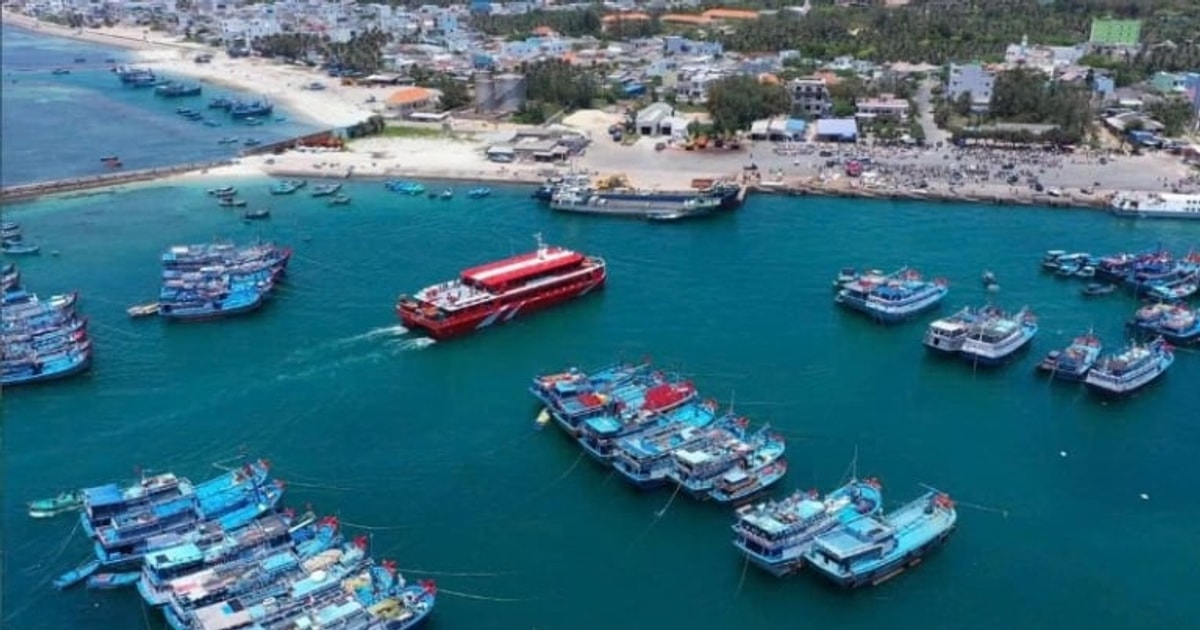
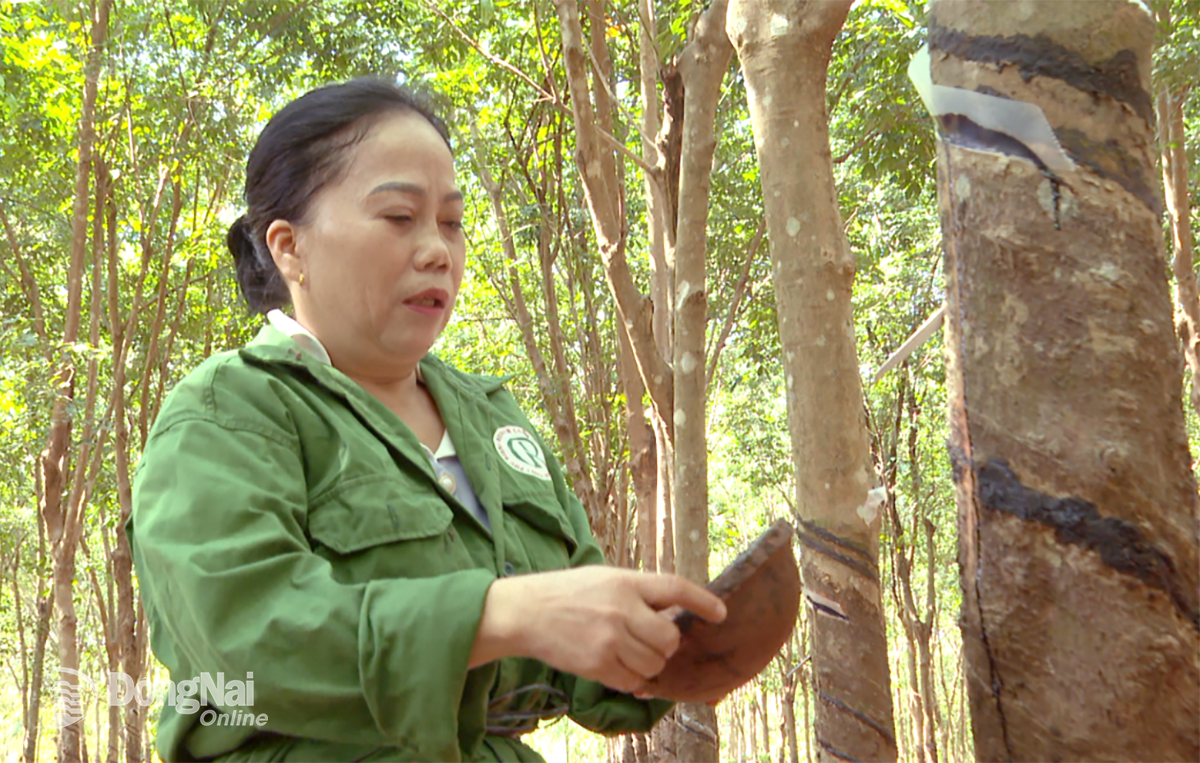

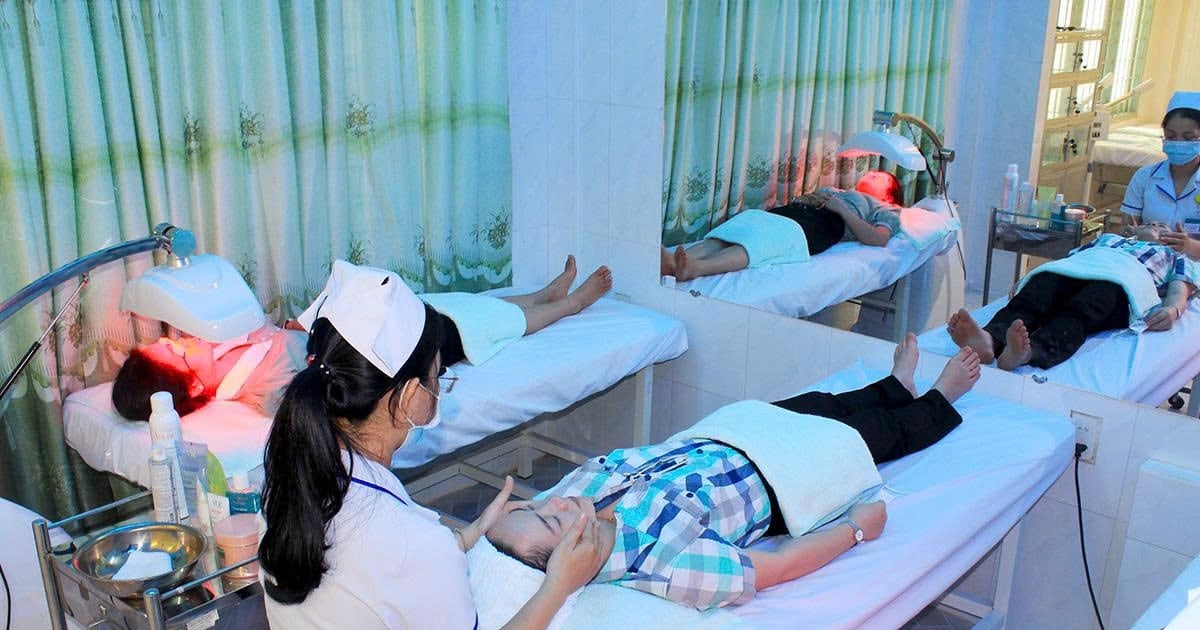
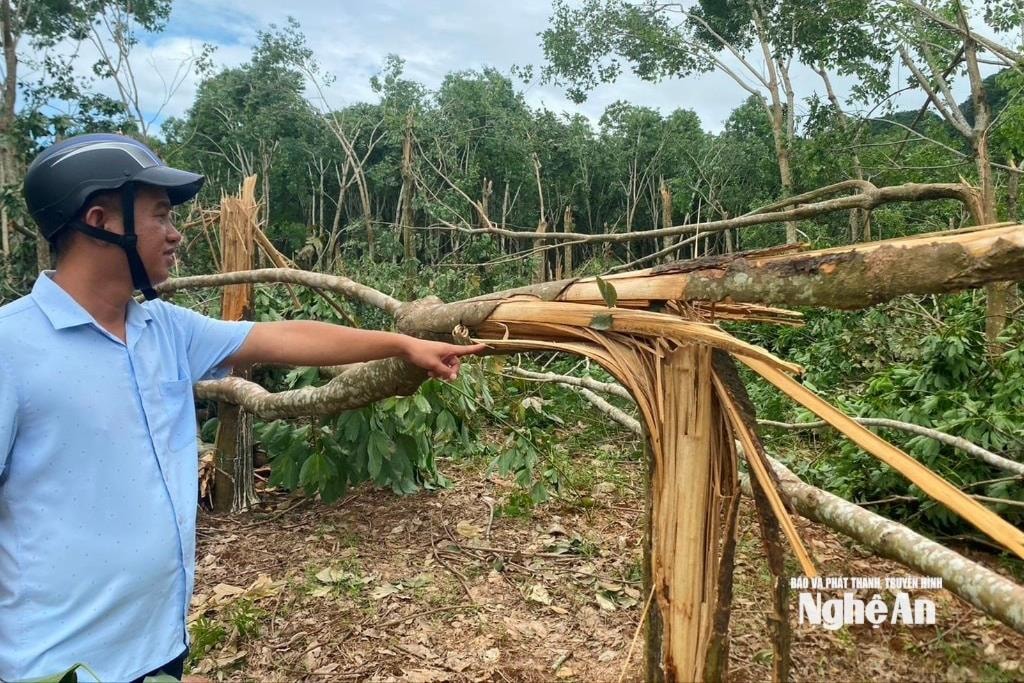



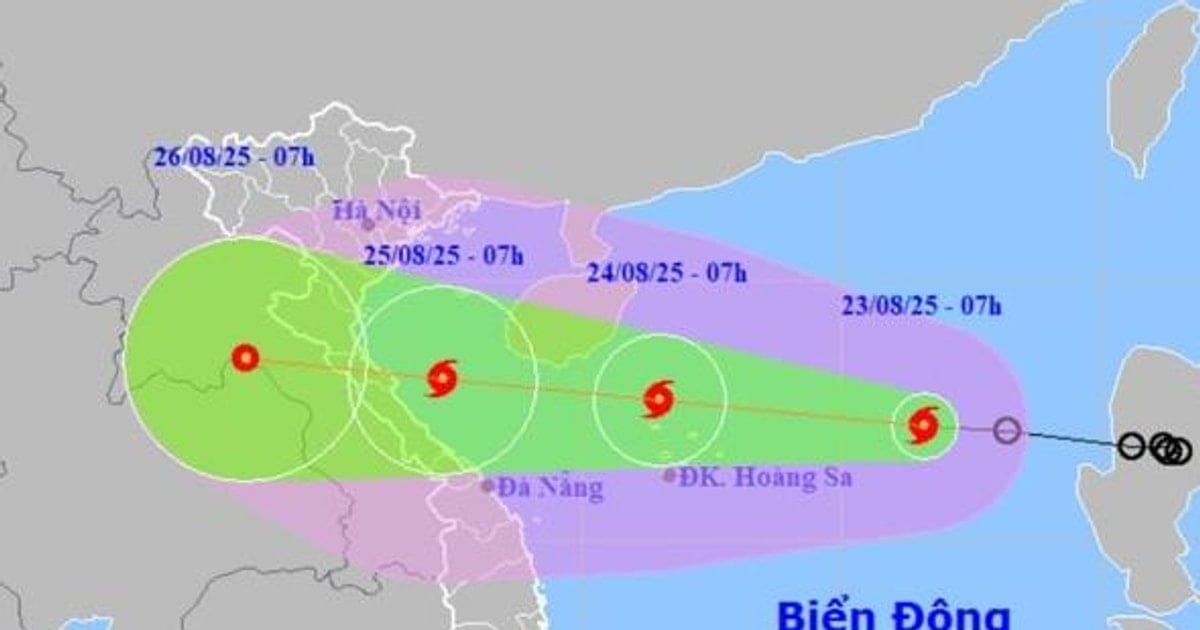

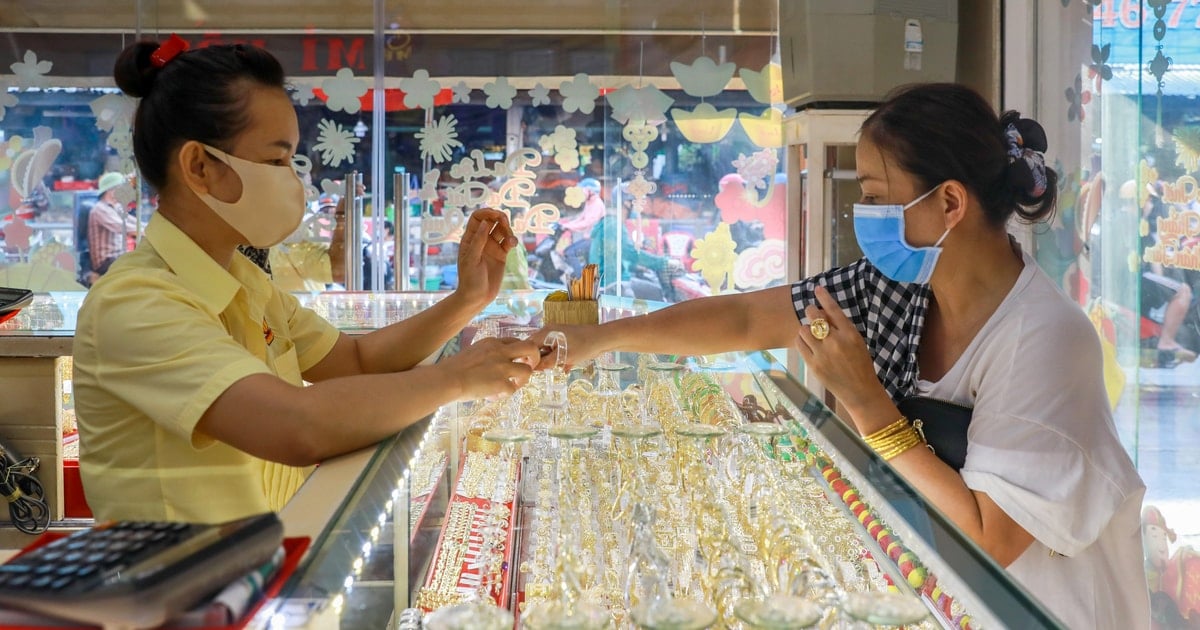
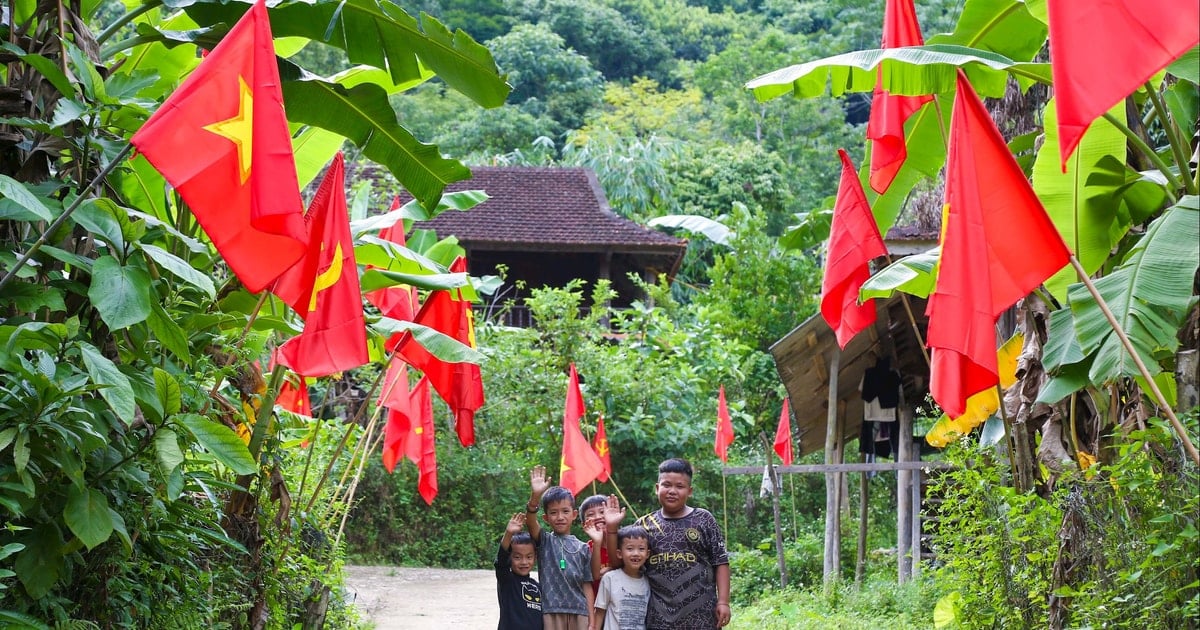




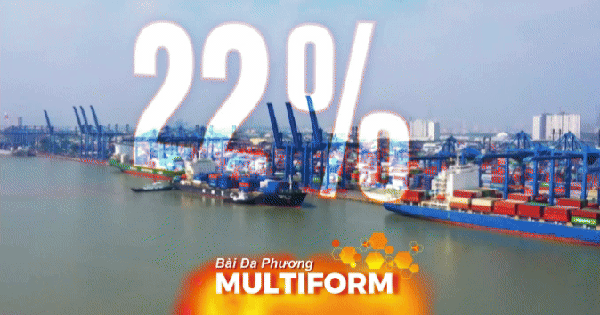
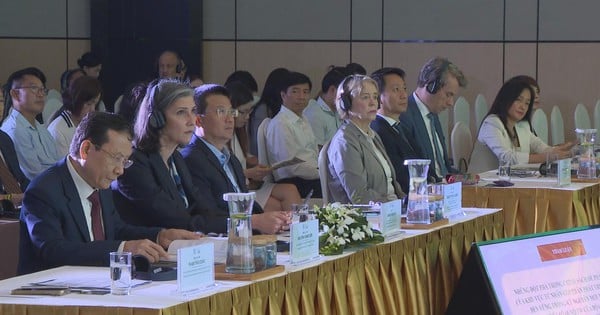
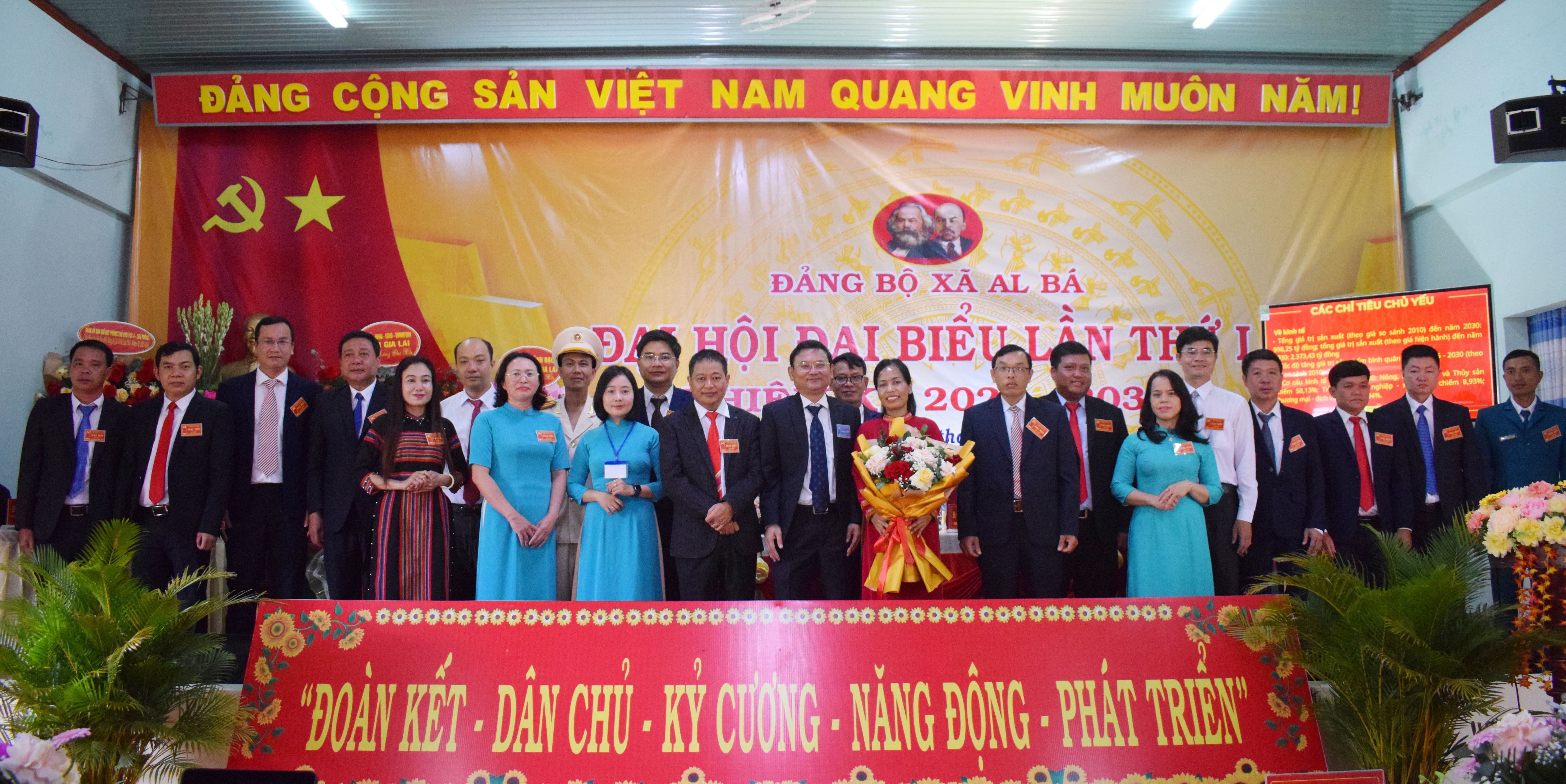

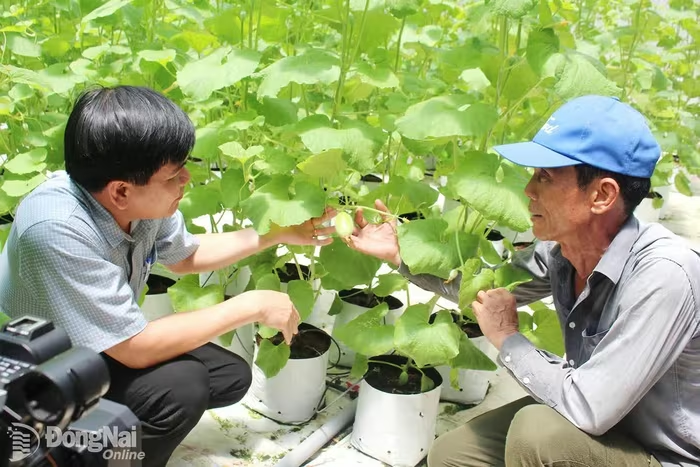
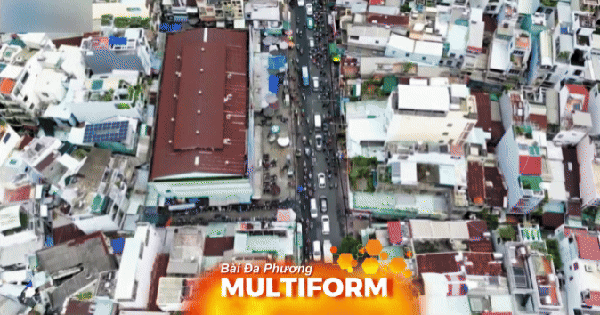











































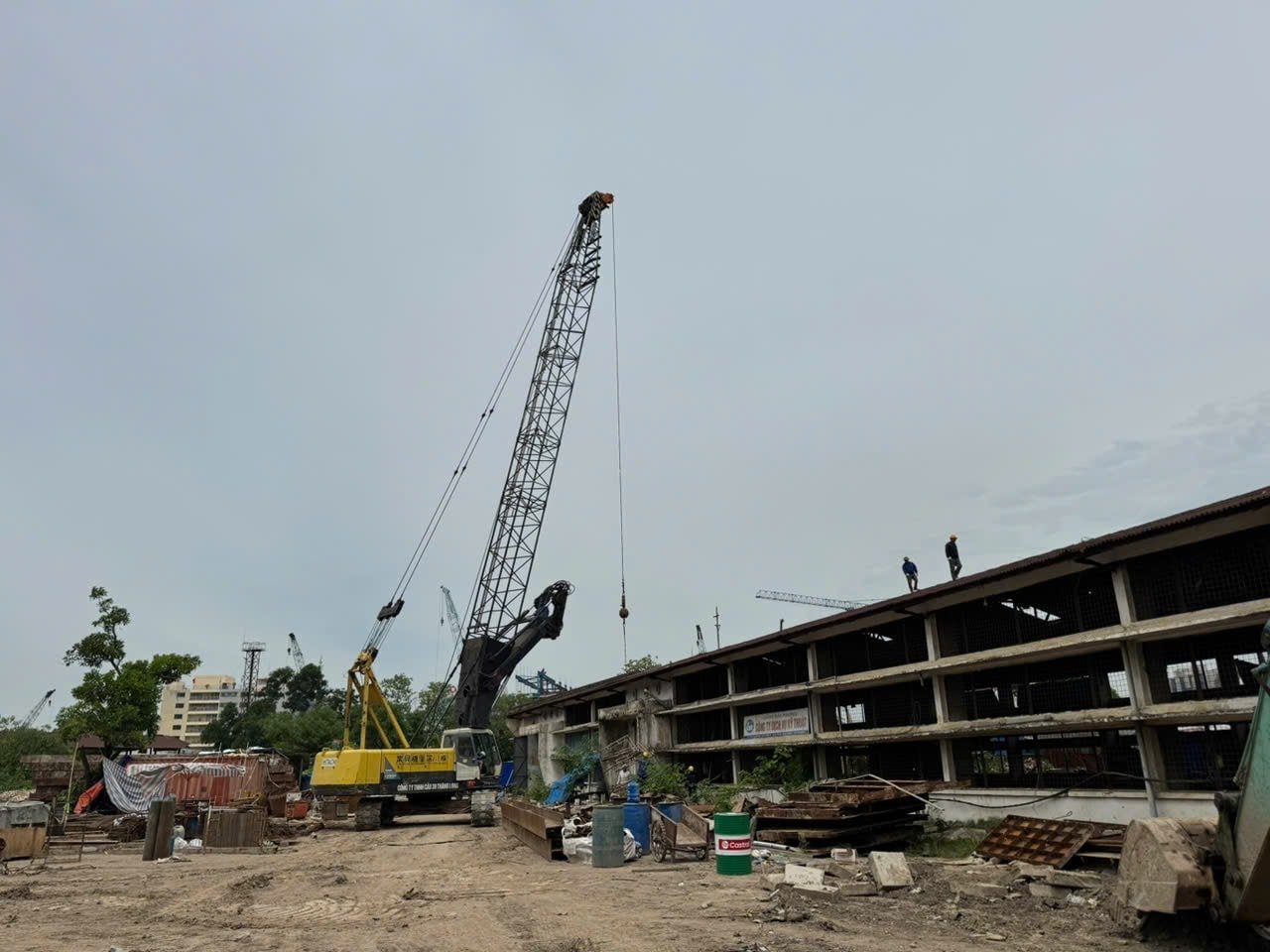

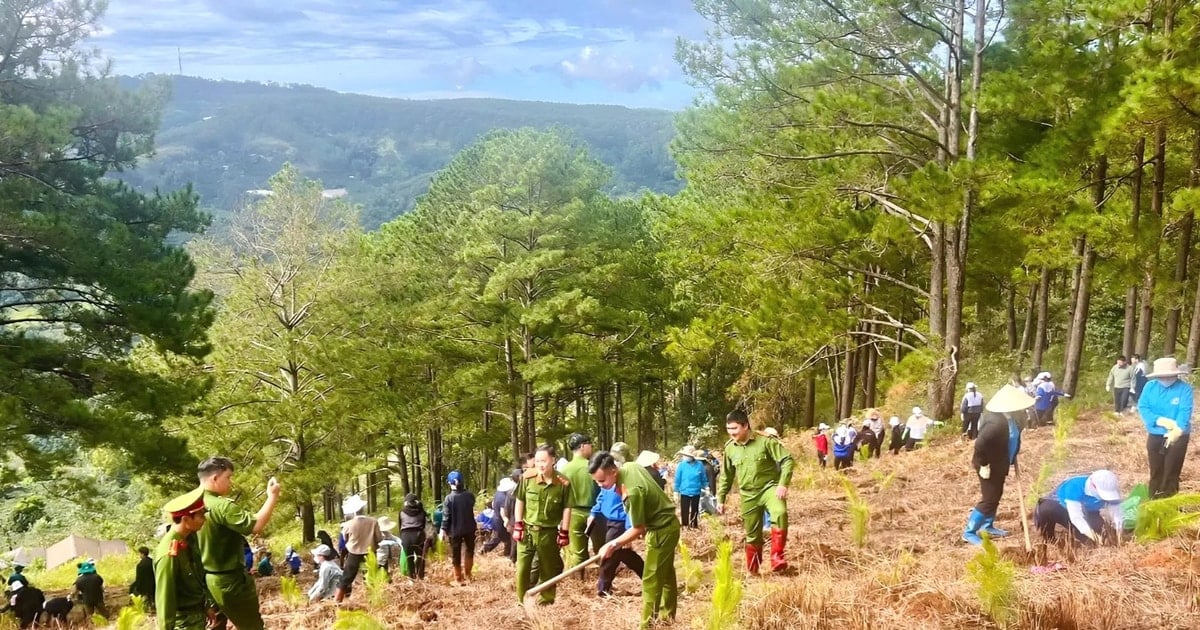
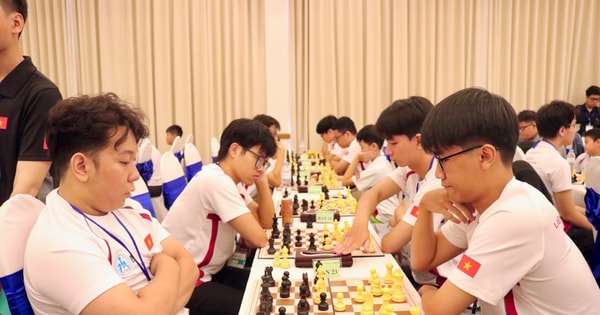

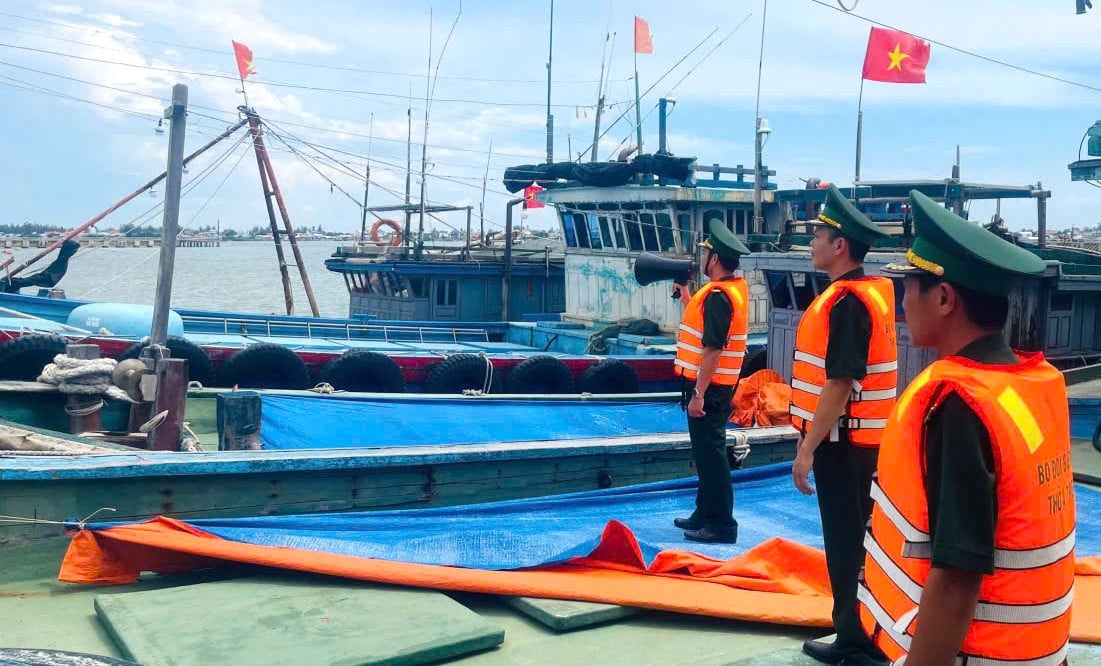

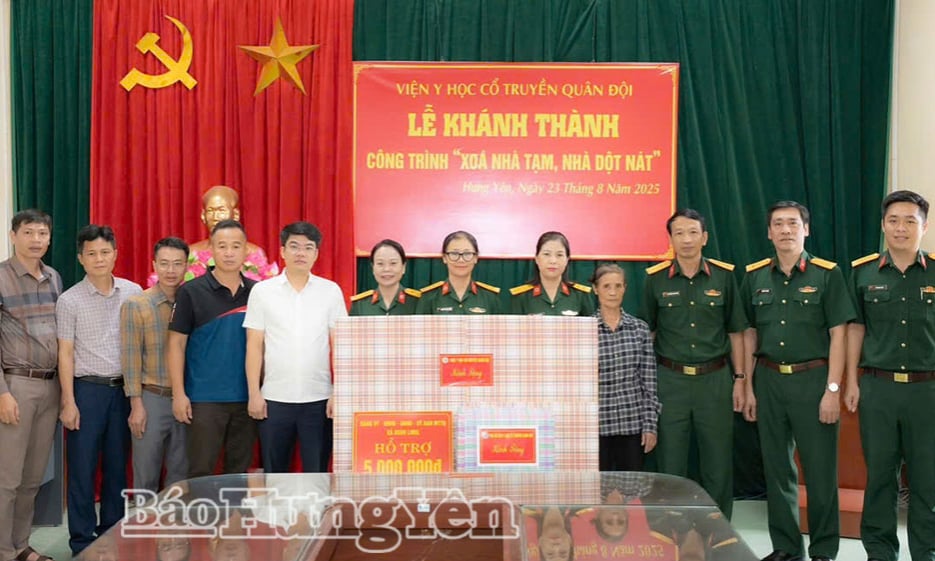

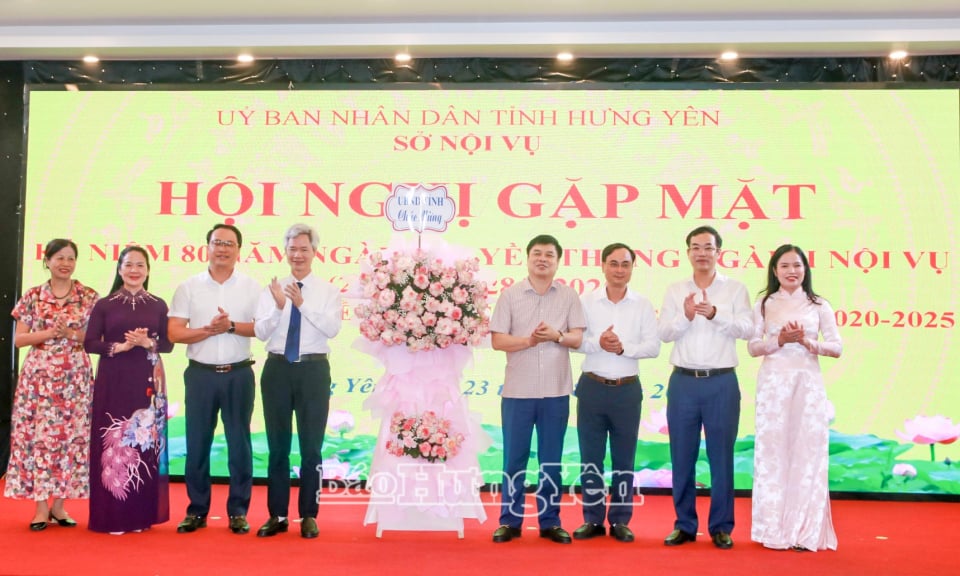








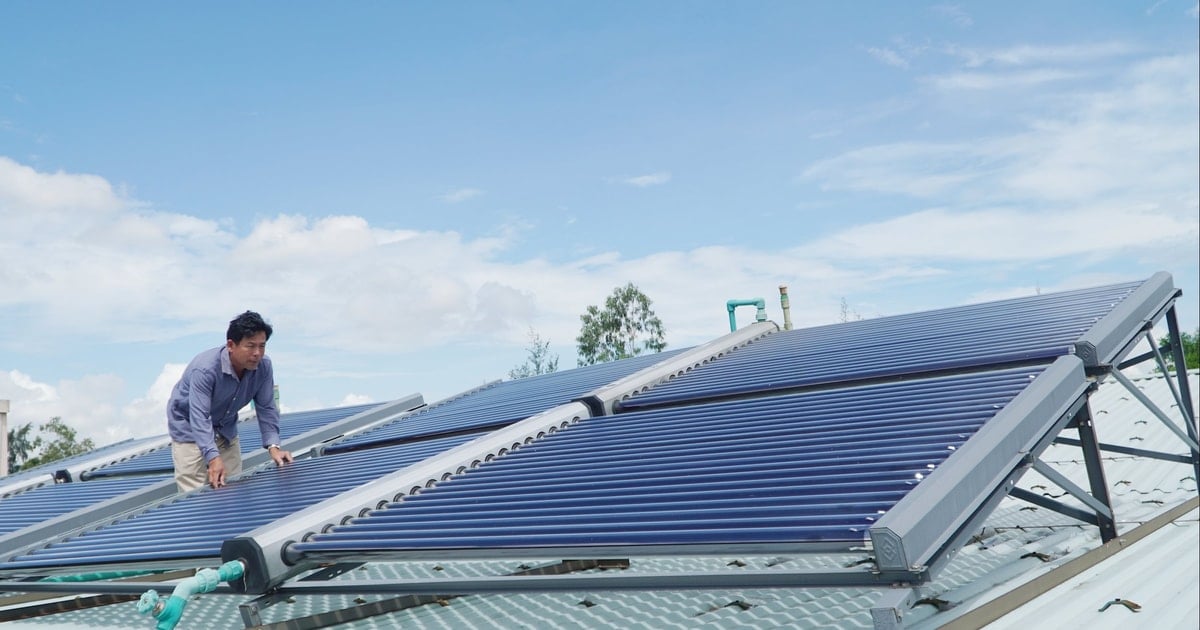






Comment (0)